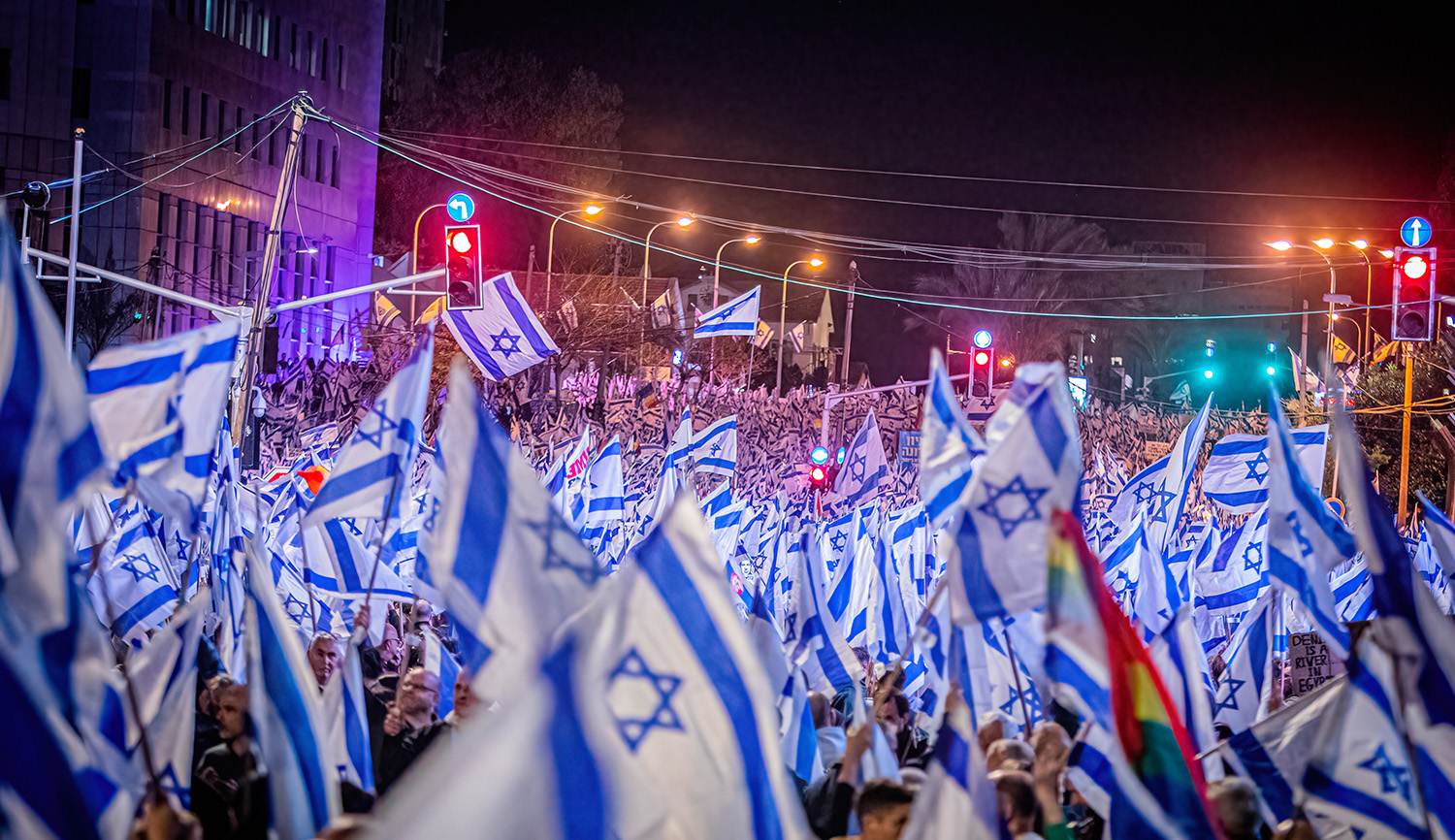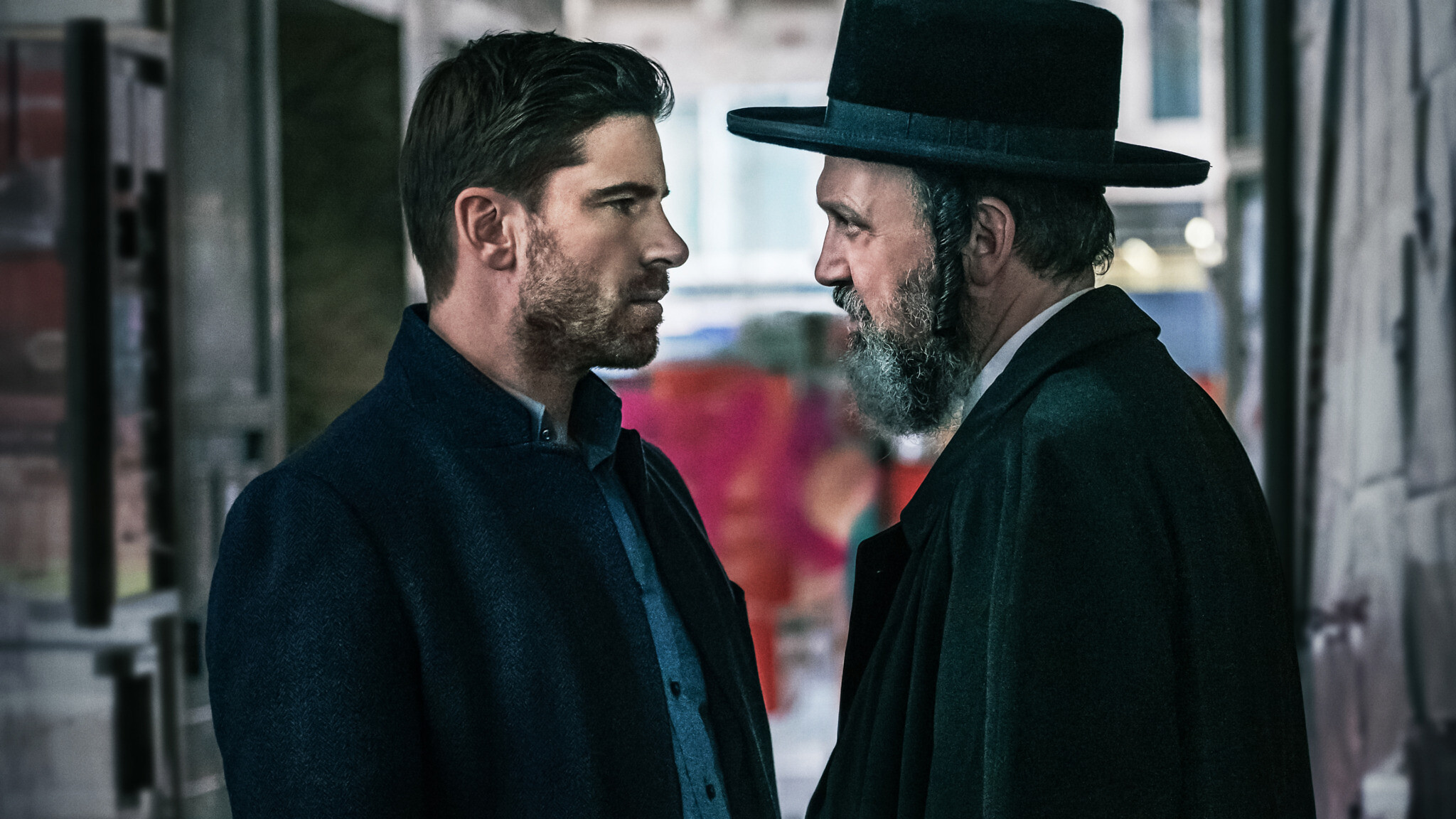In fall 2021, Oliver Ferber—then a sixteen-year-old and a stand-out athlete at a pluralistic Jewish day school in suburban Maryland—made one of the most difficult decisions of his young life. Like one of the two protagonists of the 1981 film Chariots of Fire, Ferber decided to sit out a championship race being held on Shabbat. Sam Borden tells his story:
Oliver Ferber stood still. In front of him, everyone was moving: his classmates, his running partners, his teammates—they were all striding and sprinting and pushing themselves through the biggest race of the year on this Saturday morning in November 2021. On any other day, Oliver thought, I’d be among them—maybe even in front of them. On this day, though, he only watched.
It wasn’t about the running, really. It wasn’t about sports at all. It was about faith and conviction and belief. It was about the weight that comes with confronting one of the hardest questions a person can face: What do you do when everyone you trust is telling you to do one thing, but you’re pretty sure you’re supposed to do the exact opposite?
During the early days of the pandemic, Oliver found himself gravitating more and more toward his Judaism. He began praying more. He began connecting with other Jews who were more observant through youth groups. He began taking a stricter approach to the holiness of Shabbat.
More about: American Jewry, Judaism, Shabbat, Sports


